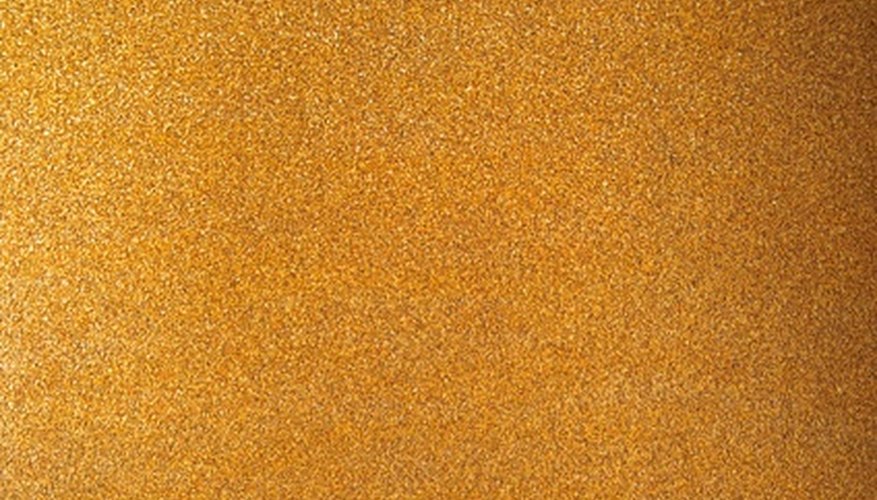Unlike wood, fibreglass surfaces are nonporous, making them unsuitable for spray paint adhesion. Before you can spray paint any type of fibreglass surface, you will need to employ specific preparation techniques to condition the fibreglass to accept paint, or the finish will peel soon after application. In addition, because fibreglass is slick and smooth, you will need to use a particular application technique to promote a smooth, professional-looking finish free of runs, drips, and sagging.
- Unlike wood, fibreglass surfaces are nonporous, making them unsuitable for spray paint adhesion.
- In addition, because fibreglass is slick and smooth, you will need to use a particular application technique to promote a smooth, professional-looking finish free of runs, drips, and sagging.
Clean the fibreglass using dish soap. Rinse the surface, and allow it to dry completely before continuing.
Abrade the fibreglass to promote adhesion by sanding it with a palm sander loaded with 400-grit sandpaper.
Wipe down the fibreglass with a tack cloth.
Cover any areas of the fibreglass you do not want painted with painter's tape. Cover large areas below or adjacent to the fibreglass with dust sheets.
Apply a very light coat of primer to the fibreglass. Spray in intermittent mists to promote a professional-looking finish free of runs, drips, and sagging. Do not apply a constant stream, or you may end up with flaws in the finish coat.
Allow the primer to dry and cure for fours hours, and then apply a coat of acrylic spray paint in the same way you applied the primer.
TIP
Use a fine grit sandpaper. Do not use a grit lower than 400, because this may cut grooves in the fibreglass that could show in the final finish.
WARNING
Do not over-sand. Stop sanding when the fibreglass feels slightly rough to the touch. Do not use a rag in place of a tack cloth.
